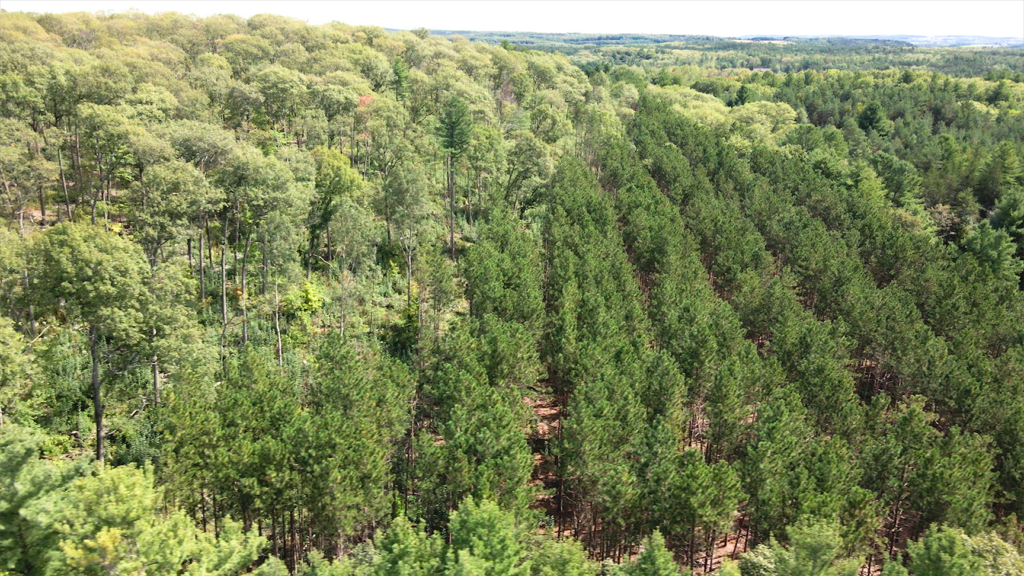Natural Infrastructure for Resiliency and Carbon Sequestration
Rob Keen, Clean50 Honouree and CEO of Forests Ontario, explains how tree-planting and preservation of forests and grasslands can address the global climate and biodiversity crisis.
What is Forests Ontario?
Forests Ontario is the province’s leading charity dedicated to the creation, preservation and maintenance of forests and grasslands. Through our comprehensive network of partners and programs, we have planted more than 41 million trees in Canada, including 36.7 million trees in Ontario through our 50 Million Tree Program.
Why are trees important to climate change?
We are living in a global climate and biodiversity crisis, the result of cumulative unsustainable decisions and actions. According to the UN’s State of the Global Climate, the past eight years have been the hottest on record.
Natural infrastructure has a powerful ability to address climate change. Trees absorb carbon dioxide from the atmosphere to convert into carbon, releasing oxygen as a by-product. Wood is made up of 50% carbon and trees store carbon in the form of wood products, which can lock up sequestered carbon well beyond the natural life span of a tree.

In addition to playing a proactive role in addressing climate change via carbon sequestration, forests mitigate the associated impacts of climate change, such as extreme weather. The frequency and magnitude of precipitation events in Canada continues to rise, therefore increasing the likelihood, frequency, intensity, and scale of flooding in communities across the country.
As a natural form of flood prevention, tree roots hold back riverbanks and prevent erosion. They also act as sponges, soaking up rainwater and slowing the flow of water. In our cities, they reduce extreme heat and make our communities more livable.
Creating healthy new forests and grasslands is one of the most effective, nature-based solutions in combating climate change. It is imperative that we expand our forests and grasslands through afforestation and restoration to continue to build climate change resiliency.
What does it take to successfully plant trees on a large scale?
Forests Ontario plans to plant three million trees in the coming planting season, after planting over 2.5 million native tree seedlings across the province in 2022.
Planting millions of trees takes advanced planning and time to ensure the appropriate trees are available. It is also a matter of relationships – it takes an extensive collaboration of interconnected organizations to accomplish the extraordinary increase in new forest cover created each year.
Let’s start with the importance of seeds. Our strong network of professional seed collectors is critical to the long-term success of new forests. They ensure the collection of high-quality, source-identified, and genetically appropriate seeds. The seeds then go to our nursery partners, who need time and planning to grow a sufficient quantity of healthy seedlings.
A team of highly qualified restoration coordinators, field advisors, GIS experts, and database technicians then coordinate face-to-face meetings with landowners to assess sites and ensure the correct species are selected. Then, this team coordinates all aspects of the tree plant, including ordering the stock from partner nurseries, overseeing the planting to ensure high quality work, ensuring accurate data entry and reporting, and tracking the health of plantings over time.
Once Forests Ontario has created a good plan with the right land and tree species, we still need to develop relationships with planting partners across the province. We work with municipalities, community groups, First Nations, regional planting partners, and Ontario Conservation Authorities. These relationships ensure that we have knowledgeable people who know the local landscape and can help successfully plant these seedlings.
At this point, the right seedling is in the ground in the right place – but that is simply planting a tree. At Forests Ontario, we don’t just plant trees; we grow forests. That means utilizing the cumulative expertise of every seed collector, nursery, restoration coordinator, and planting partner. We share that knowledge with landowners through public outreach and education programs. It also means having our restoration coordinators and field advisors return to the planting sites for regular check-ups as the seedlings grow into healthy forests.

Our impact and purpose
A 2021 study titled Growing Our Future: Assessing the Outcome of Afforestation Programs in Ontario from Natural Resources Canada validated Forests Ontario’s successful afforestation outcomes, noting that 83% of total hectares planted through our 50 Million Tree Program are thriving across the province. Significant amounts of carbon will be sequestered over the lifetime of these new forests.
Forests Ontario and our partners are there for every step of the journey: from the moment of seed collection to the moment, many years later, when that seed grows into a healthy tree as part of a new thriving forest.
We know that forests improve the health of their local environment and communities, boost wildlife habitats, enhance recreational opportunities, increase land value, support sustainable nature-based solutions to climate change, and leave a legacy for generations to come. If we don’t act to ensure the creation and conservation of healthy forests for our future, we will slowly lose our beautiful natural landscapes and their vital benefits.














